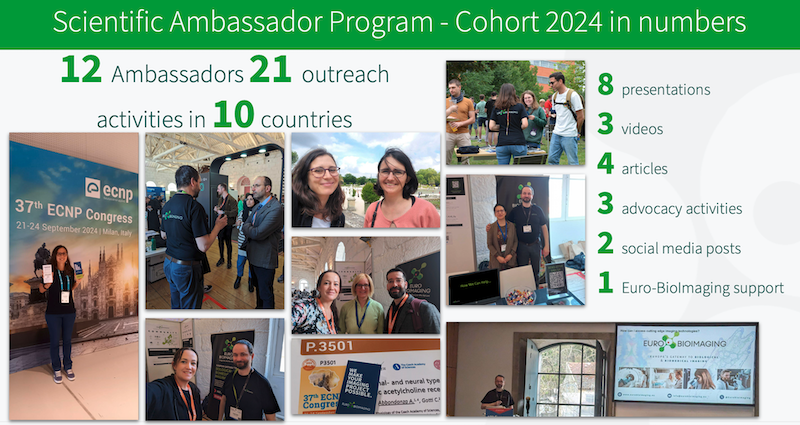
Understanding and Fighting Cancer: Golgi maturation-dependent glycoenzyme recycling controls glycosphingolipid biosynthesis and cell growth via GOLPH3
Euro-BioImaging is organizing an online User Forum on October 14, 2021 from 14:00-17:00 CEST. This event will highlight the importance of cutting-edge imaging technologies in support of cancer research and showcase the specific expertise available at our Nodes across Europe through case studies presented in tandem with the research community.
In this brief abstract, learn how imaging techniques used at our Advanced Light Microscopy Italian Node reveal how GOLPH3 promotes mitogenic signaling and cell proliferation. Hear this talk and others like it on October 14 at the Euro-BioImaging User Forum.
Golgi maturation-dependent glycoenzyme recycling controls glycosphingolipid biosynthesis and cell growth via GOLPH3
Seetharaman Parashuraman,
Advanced Light Microscopy Italian Node
Riccardo Rizzo,
Consiglio Nazionale delle Ricerche (CNR)
Glycosphingolipids are important components of the plasma membrane where they modulate the activities of membrane proteins including signalling receptors. Glycosphingolipid synthesis relies on competing reactions catalysed by Golgi-resident enzymes during the passage of substrates through the Golgi cisternae. The glycosphingolipid metabolic output is determined by the position and levels of the enzymes within the Golgi stack, but the mechanisms that coordinate the intra-Golgi localisation of the enzymes are poorly understood. Here, we show that a group of sequentially-acting enzymes operating at the branchpoint among glycosphingolipid synthetic pathways binds the Golgi-localised oncoprotein GOLPH3. GOLPH3 sorts these enzymes into vesicles for intra-Golgi retro-transport, acting as a component of the cisternal maturation mechanism. Through these effects, GOLPH3 controls the sub-Golgi localisation and the lysosomal degradation rate of specific enzymes. Increased GOLPH3 levels, as those observed in tumours, alter glycosphingolipid synthesis and plasma membrane composition thereby promoting mitogenic signalling and cell proliferation. These data have medical implications as they outline a novel oncogenic mechanism of action for GOLPH3 based on glycosphingolipid metabolism.
More news from Euro-BioImaging


